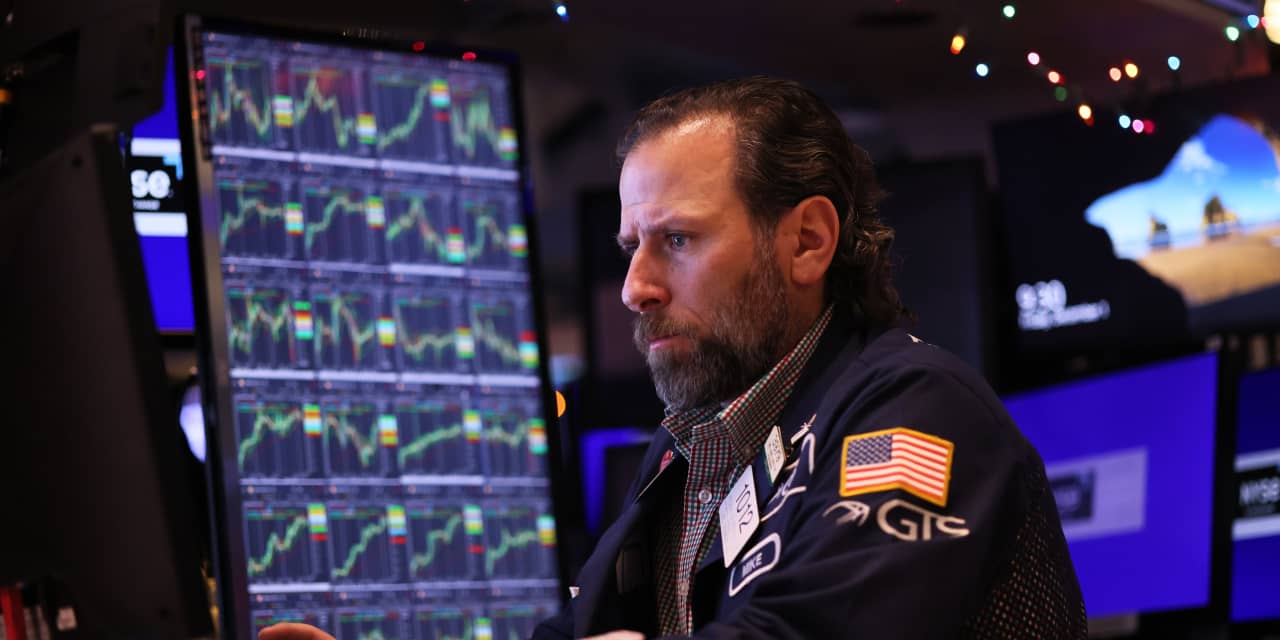Short sellers recently turned more bearish than they have been since the bursting of the dot-com bubble more than 20 years ago. That bodes ill for the stock market’s prospects over the coming year.
Contrarians will disagree with this assessment, since they believe it’s bullish when bearish sentiment reaches extreme levels. But the contrarians are wrong, at least when it comes to what aggregate shorting means for the overall market, according to Matthew Ringgenberg, a finance professor at the University of Utah.
In his groundbreaking study on this subject, Ringgenberg discovered that a “detrended” version of the short-sale ratio “is arguably the strongest known predictor of aggregate stock returns” over the subsequent 12 months, outperforming any of a number of popular indicators used to forecast returns—such as the price/earnings or price/book ratios. (Short selling entails borrowing shares of a company and selling them immediately because you expect the price to drop. Then you can repurchase the shares, return them to the lender, and pocket the difference.)
The short-sale ratio is calculated by dividing the number of shares currently sold short by the total number of shares outstanding. Ringgenberg found in his study that detrending this ratio—focusing on the extent to which it is above or below its underlying
trend—is necessary because of secular trends in the volume of marketwide short selling, as it has alternately been easier or more difficult for traders to sell stocks short.
Ringgenberg’s detrended short-sale index is plotted in the accompanying chart. It is constructed so that its long-run average equals zero; any positive reading means “abnormally high aggregate short interest” and any negative reading means “abnormally low aggregate short interest.” The index spiked upward in September and rose even higher in October. Though it slipped slightly in November, its latest reading of 3.03 suggests that the short sellers are particularly aggressive in believing lower prices lie ahead. (Short-sale data is collected twice a month by the Financial Industry Regulatory Authority and released with an eight-business-day time lag. The latest update reflects shorting activity through mid-November.)
No indicator is perfect, of course. But other research that subjected Ringgenberg’s study to various reality checks confirmed that it’s worth following. One study, by Amit Goyal of the University of Lausanne in Switzerland and Ivo Welch and Athanasse Zafirov of the University of California, Los Angeles, found that, out of nearly three dozen variables, Ringgenberg’s index was one of just four that worked over a different period than the one used in the original research that discovered it. Another study, by Arseny Gorbenko of Monash University in Australia, tested Ringgenberg’s index in more than 30 countries outside than the U.S. and found that it had a statistically significant forecasting ability in three-quarters of them.
Ringgenberg told Barron’s that it’s not just the recent spike in his short-sale index that is worrisome. He said that the index’s recent pattern is similar to the “sawtooth spikes” that appeared in 2000 and 2008 before the peak short interest was reached. While acknowledging the inherent difficulties in trying to predict market movements, he said that the data indicates there are “significantly elevated odds that the stock market will be lower over the next 12 months.”
In addition to suggesting that equity investors should prepare for the possibility of lower prices over the next year, Ringgenberg’s research challenges the narrative that short sellers are bad actors. This narrative became widespread among some day traders during the
GameStop
-fueled meme-stock frenzy in early 2021. Though Ringgenberg doesn’t deny that some short sellers may be engaged in nefarious behavior, he says that as a group they are more right than wrong—and they play a valuable role in keeping stocks fairly valued.
And right now the short-seller community thinks stocks are overpriced.
Mark Hulbert is a regular contributor to Barron’s. His Hulbert Ratings tracks investment newsletters that pay a flat fee to be audited. He can be reached at [email protected].
Write to [email protected]
Read the full article here




